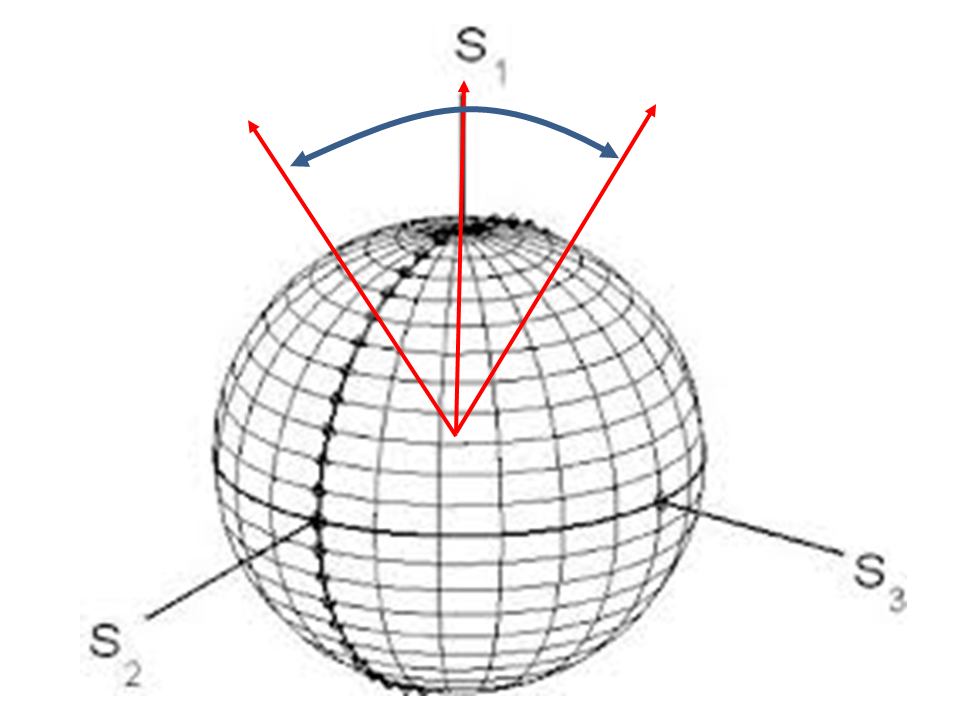Polarization-sensitive Measurement
Polarization-Sensitive Measurement |
. . . Why Polarization-Sensitive Measurement Matters |
|---|---|
|
|
Stable Polarization State |
|---|
|
With some mechanically-tuned swept lasers, it is very common for the polarization state to vary substantially during a sweep. Generally, this “polarization state wobble” is periodic with wavelength, typically with a period of oscillation of a few nanometers. The wobble magnitude and period vary with the individual laser, but wobble of 5 to 23 degrees is common, and periods from 3 nm to 7 nm are not unusual. Because the Insight laser is entirely a single longitudinal mode, there is essentially zero polarization state wobble in the laser itself. Optical elements inside and outside of the laser can create some wobble, but the magnitude is very low with the akinetic all-semiconductor approach. |
 |
| Polarization state wobble creates a number of undesirable effects in OCT. It can interact with the polarization dependency of the splitters and circulators to create side modes from the interferometer amplitude response and you might get mixing between the modes. |
Optional PM Source Output For Advanced Testing With High Extinction Ratio |
|---|
|
Since the akinetic laser is inherently single longitudinal mode, the laser can be PM-coupled as a low-cost option, thus yielding a PM-connected swept source. This can be beneficial for polarization-discriminated OCT experimentation and for polarization-independent research.
|



